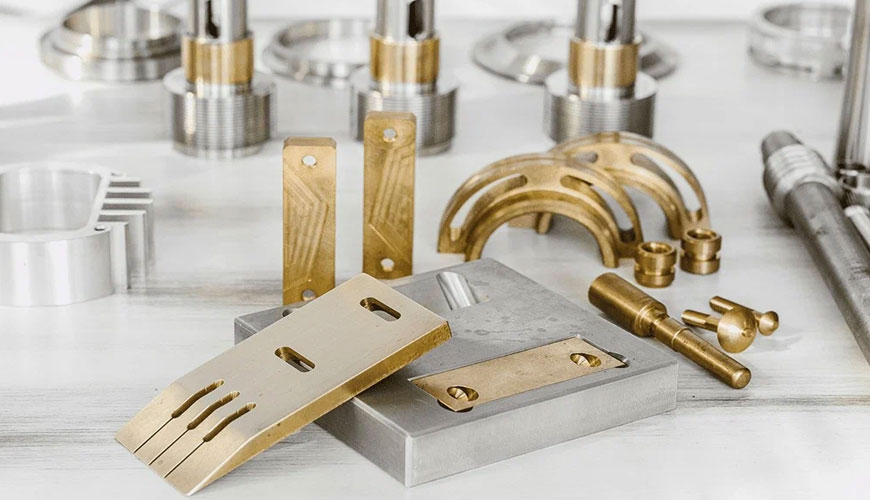

Metal product means any manufactured metal component or finished metal product. Fabricated metal products are metal parts that are joined, shaped, or otherwise machined to form a useful product. These include rolling, punching, stamping, sintering, welding, machining and similar processes.

Fabrication is a secondary metalworking process. Primary processes involve turning raw metal materials into shapes. Metal fabricators weld extruded and molded metals together, bend and cut to size. Almost all products of primary metalworking processes require some degree of secondary processing before they can be used. For example, metal plates cannot be joined without bending the edges, punching holes or punching them, and inserting pins to join them.
Metal fabrication services require long industrial operations that include the automotive, aerospace, marine, construction, engineering, plumbing, petrochemical exploration and development, food and beverage, and commercial product industries. Fabricated metal products are the highlight of most bridges, aircraft, ships, and buildings. Smaller metal fabrications are also essential parts of water tanks, electrical cable enclosures, metal cabinets, frames, brackets, panels, outdoor grills and even sculptures.
For example, steel is the most important material that society produces industrially. Most of the finished steel products, for example plate, strip, bars, sections, wire and pipe, are converted into products for their intended application by the engineering industry, i.e. final products. Steel is often invisible as it is hidden by other materials, such as paint, plastic, concrete.
Here are some examples of steel products:
Chemical analysis of metals is done to verify whether the material is suitable for its intended end use. In this context, the most common analysis methods are:
Our organization also provides metal product analysis with its trained and expert staff and advanced technological equipment, among the numerous test, measurement, analysis and evaluation studies it provides for businesses in various sectors.
To get an appointment, to get more detailed information or to request an evaluation, you can ask us to fill in our form and reach you.